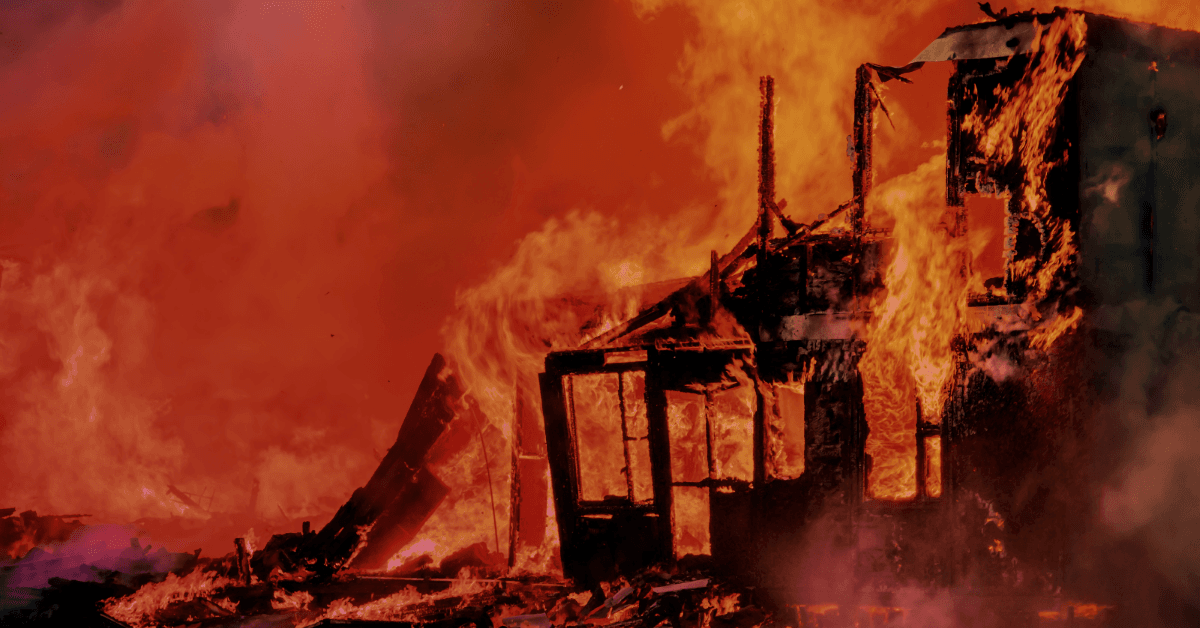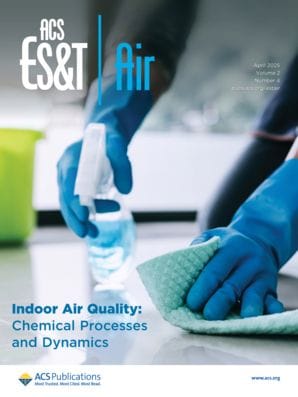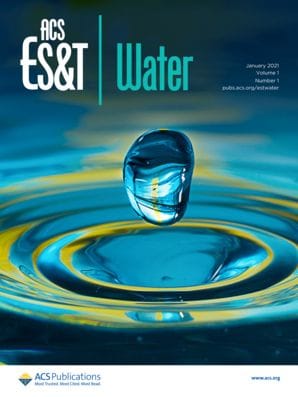This Special Issue will focus on advancing understanding of the environmental impacts of the 2025 Los Angeles urban fires, including the contamination of air, water, and soil, as well as human and ecosystem exposure.

There is currently no submission deadline for this Special Issue. Manuscripts will be received and peer-reviewed on a rolling basis, and the live Special Issue page will update with new articles upon acceptance for publication. Research studies not performed in the LA area but related to urban fire research are also welcome.
The January 2025 wildfires of Los Angeles brought devastating loss of life, infrastructure, and community, with over 16,000 destroyed structures. Buildings, cars, furniture, fittings, fuels, and materials such as batteries and solar panels were incinerated. Coupled with >70 mile-per-hour winds, smoke and ash contamination potentially exposed millions of people to fire-related contaminants hundreds of miles downwind from the flames.
Immediate human and ecosystem exposure is related to airborne smoke and ash contaminants including particulate matter (PM2.5, PM10), ground-level ozone, carbon monoxide, and nitrogen oxide gases, volatile and semi-volatile organic compounds (SVOCs). The list also includes toxic combustion byproducts such as dioxins, furans, and polycyclic aromatic hydrocarbons (PAHs), as well as heavy metals (e.g. lead), asbestos, benzene, polychlorinated biphenyls (PCBs), halogenated and organophosphate flame retardants, pesticides, per- and polyfluoroalkyl substances (PFAS; forever chemicals), phthalates, and microplastics.
Longer term exposure to these contaminants post-fire is possible as settled soot, ash, and other debris can enter water bodies, deposit onto recreation areas and soil, be resuspended during recovery, clean-up, and rebuilding and can run off to surrounding water bodies due to firefighting activities or during precipitation events. There are also immediate and long-term risks to the quality of domestic water supply due to direct impacts of fire and firefighting measures on drinking water infrastructure.
The focus of this new joint Special Issue in ACS ES&T Air and ACS ES&T Water is to advance understanding of the fate, transport, and extent of environmental contamination from physical and chemical urban fire contaminants across multiple media (air, water, soil). It is also to investigate the human exposure potential through inhalation, dermal, and ingestion routes, and evaluate acute and long-term ecosystem and human health impacts across multiple endpoints.
Topics include, but are not limited to:
- Air quality impacts of wildfires in the Los Angeles basin
- Water quality impacts of wildfires in the Los Angeles basin (drinking water, sea water, surface and groundwater, recreational waterways, pool water)
- Wildfire impacts on soil from air deposition in the Los Angeles basin
- Impacts of emissions on atmospheric chemistry and climate forcing
- Environmental impacts of pink intumescent powders and flame retardants
- Investigations of chemistry, physical dispersion, and deposition in the environment of fire-related smoke and ash and their chemical components (e.g. emission factors, improved speciation by fuel type)
- Impacts on human, animal, and ecosystem health
- Measurement and modeling of human exposure to wildfire smoke and ash related contaminants through air, soil, and water (multi-media, indoors or outdoors)
- Epidemiological studies of short and long-term impacts of exposures related to fire emissions.
- Worker health and safety (e.g. firefighters, remediation crews)
- Rebuilding and wildfire resilience (e.g. emissions from the built environment, air and/or water impacts of combustion of urban materials)
- Community based efforts, partnerships, and role of citizen science in wildfires response and recovery
Organizing Editors
Prof. Joseph Allen, Guest Editor
Harvard University, United States
Prof. Rima Habre, Guest Editor
University of Southern California, United States
Prof. Lea Hildebrandt Ruiz Guest Editor
University of Texas at Austin, United States
Prof. Nga Lee (Sally) Ng, Editor-in-Chief, ACS ES&T Air
Georgia Institute of Technology, United States
Prof. Andrea Silverman, Topic Editor, ACS ES&T Water
New York University, United States
Prof. Yifang Zhu, Guest Editor
University of California Los Angeles, United States
Submission Information
This Special Issue will serve as a rolling collection of new works, with a dedicated webpage updating live as new manuscripts are published. Currently, there is no submission deadline to enable longer-term studies to be completed and form part of this Special Issue. If a deadline is established in the future, we will provide ample notice to ensure all interested contributors have the opportunity to submit their work.
For more information on submission requirements, please visit each journal's Author Guidelines page:
Accepted manuscripts for consideration in this Special Issue will include all manuscript types available in both journals. Papers accepted for publication for this Special Issue will be available ASAP (as soon as publishable) online and compiled on a dedicated landing page to form the Special Issue. Manuscripts submitted for consideration will undergo the full rigorous peer review process expected from ACS journals.
Open Access: There are diverse open access options for publications in American Chemical Society journals. Please visit our Open Science Resource Center for more information.
How to Submit
- Log in to the ACS Publishing Center.
- Select the "Journals" tab.
- Choose either ACS ES&T Air or ACS ES&T Water.
- Click "Submit."
- Select your manuscript type, and, under "Special Issue Selection," choose “The 2025 Los Angeles Fires."
If you have any general questions regarding submission to this Special Issue, please contact the managing editor (managing.editor@estair.acs.org).
Stay Connected With These Journals
Sign up now for email updates on future calls for papers, the latest articles, and other content from ACS ES&T Air and ACS ES&T Water.

ACS ES&T Air

